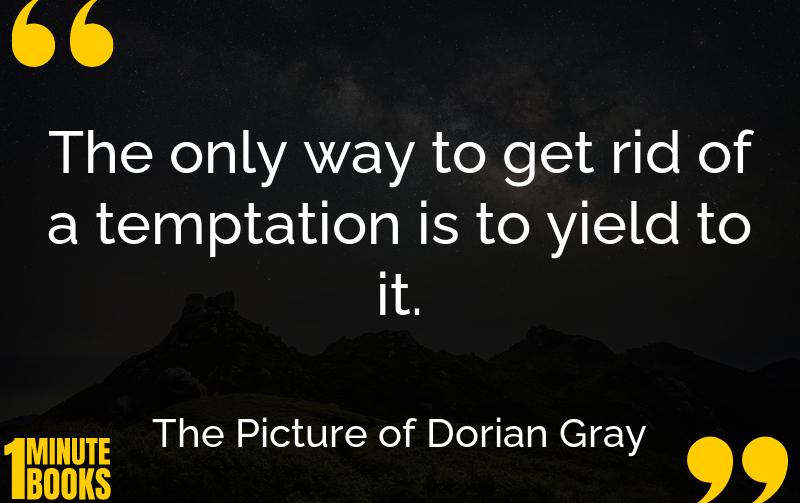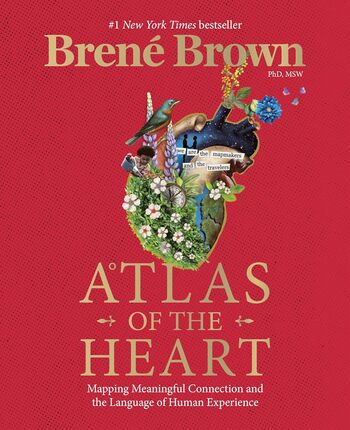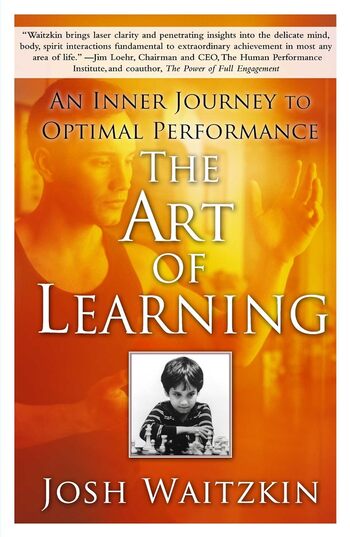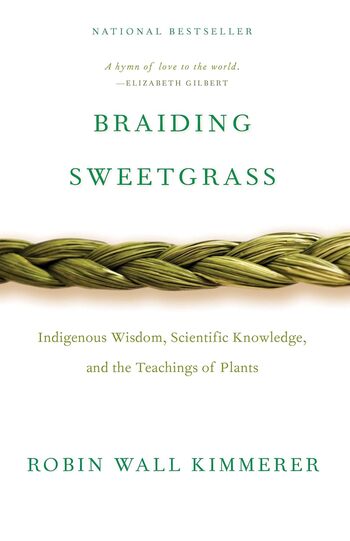
A beautiful young man, Dorian Gray, wishes to remain forever youthful while his portrait ages for him. As he indulges in hedonistic and immoral acts, the painting reflects his decaying soul.
Main Lessons
- The pursuit of eternal youth can lead to moral corruption and decay.
- Art is both a reflection and a distortion of reality.
- The conflict between appearance and reality challenges the perception of identity.
- Hedonistic pleasures often have destructive consequences.
- Beauty and aesthetics are prioritized over character and virtue.
- Reputation and character often diverge, misleading others about true nature.
- Influence from others can profoundly shape one’s life and moral compass.
- The dual nature of man is explored through the split between Dorian and his portrait.
- Life imitates art in destructive and unforeseen ways.
- The pursuit of pleasure can lead to a loss of humanity.
- Escapism through art is contrasted with confronting reality.
- Influence of literature can alter one’s life direction significantly.
- Internal chaos and conflict can manifest externally.
- Decadence and self-indulgence are critiqued through Dorian’s downfall.








